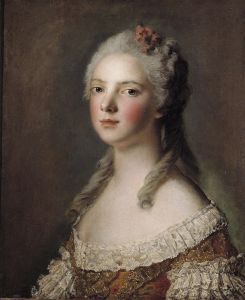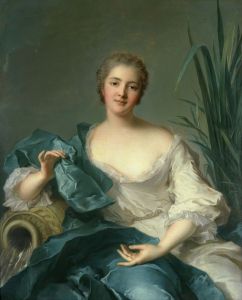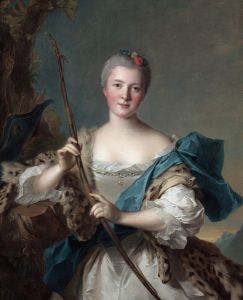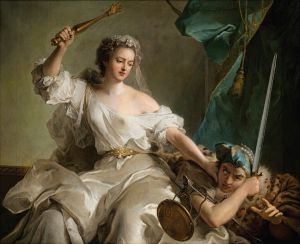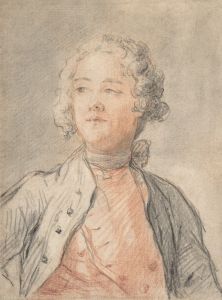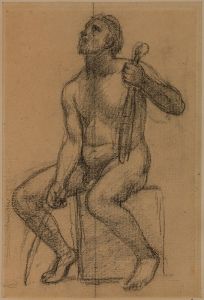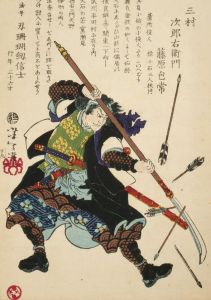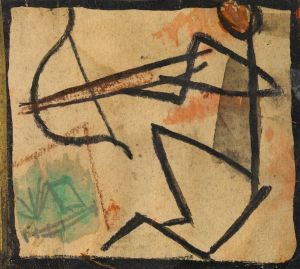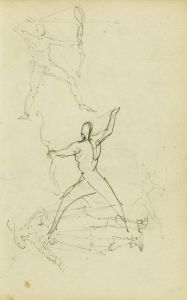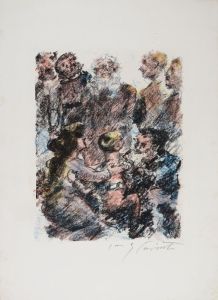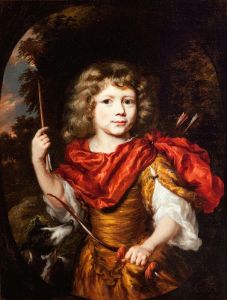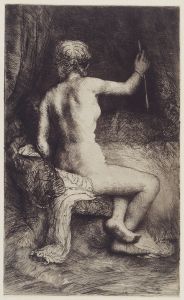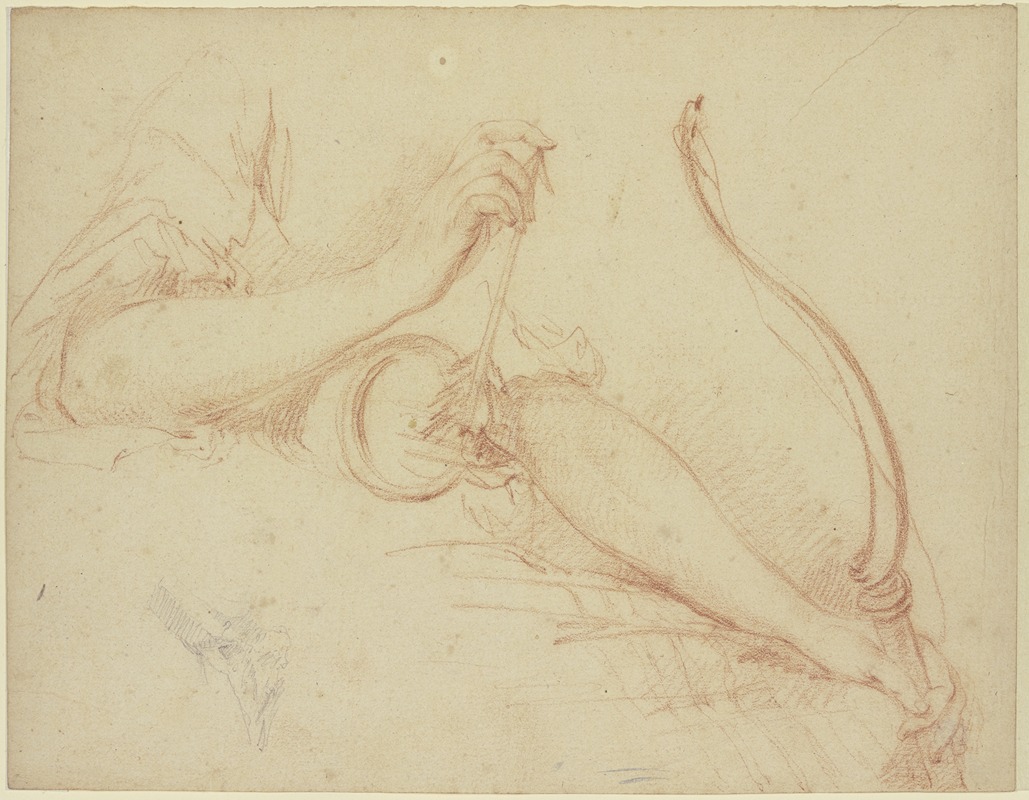
Armstudie mit Pfeil und Bogen
A hand-painted replica of Jean-Marc Nattier’s masterpiece Armstudie mit Pfeil und Bogen, meticulously crafted by professional artists to capture the true essence of the original. Each piece is created with museum-quality canvas and rare mineral pigments, carefully painted by experienced artists with delicate brushstrokes and rich, layered colors to perfectly recreate the texture of the original artwork. Unlike machine-printed reproductions, this hand-painted version brings the painting to life, infused with the artist’s emotions and skill in every stroke. Whether for personal collection or home decoration, it instantly elevates the artistic atmosphere of any space.
Jean-Marc Nattier was a renowned French painter, born on March 17, 1685, and passed away on November 7, 1766. He is best known for his portraits of the French aristocracy, often depicted in mythological or allegorical settings. One of his works is "Armstudie mit Pfeil und Bogen," which translates to "Study of an Arm with Bow and Arrow."
"Armstudie mit Pfeil und Bogen" is a study piece rather than a completed portrait or large-scale painting. As the title suggests, it focuses on the detailed depiction of an arm holding a bow and arrow. This type of study was common among artists of the period, as it allowed them to practice and perfect their technique in rendering anatomy and the intricate details of objects.
Nattier's work is characterized by its meticulous attention to detail and the delicate, almost ethereal quality of his brushwork. In "Armstudie mit Pfeil und Bogen," these qualities are evident in the careful rendering of the muscles and tendons of the arm, as well as the texture of the bow and arrow. The study likely served as a preparatory work for a larger composition, possibly one of his many mythological portraits where such elements would be incorporated into the final piece.
Jean-Marc Nattier was highly influenced by the Rococo style, which is evident in his use of soft colors, graceful lines, and an overall sense of elegance and refinement. His ability to capture the likeness and personality of his subjects made him a favorite among the French nobility, and he received numerous commissions from members of the royal family and court.
Nattier's career was marked by significant achievements and recognition. He was admitted to the Académie Royale de Peinture et de Sculpture in 1718, which was a testament to his skill and reputation as an artist. Throughout his career, he produced a vast number of portraits, many of which are now housed in prestigious museums and collections around the world.
While "Armstudie mit Pfeil und Bogen" may not be as widely known as some of his other works, it provides valuable insight into Nattier's artistic process and his dedication to mastering the human form. Studies like this one were essential for artists of the time, as they allowed them to experiment with composition, lighting, and anatomy before committing to a final piece.
In conclusion, "Armstudie mit Pfeil und Bogen" by Jean-Marc Nattier is a fine example of the artist's skill in anatomical studies and his meticulous approach to painting. It reflects the Rococo style's emphasis on elegance and detail, and it serves as a testament to Nattier's enduring legacy as one of the foremost portrait painters of his time.





